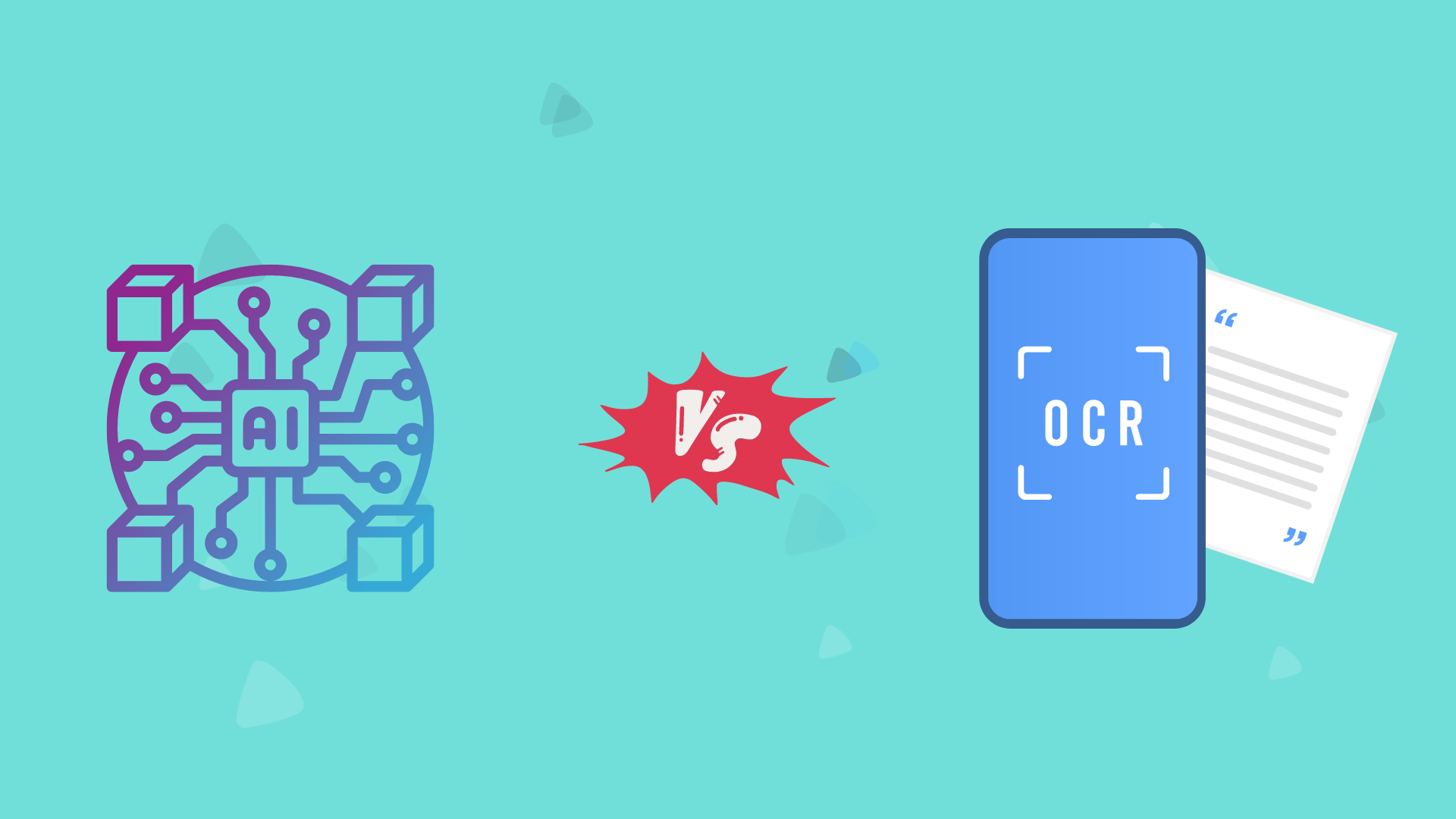Most people don’t associate image scanning technology with artificial intelligence writing tools, but there’s an unsung relationship between the two that deserves more attention. We often marvel at the outputs of AI-generated copy without thinking about the invisible pipelines that feed these models with meaningful content. One of the most overlooked components of this process is optical character recognition, or OCR. It acts like a pair of eyes for the machine, helping it convert visual data into usable, searchable language.
The truth is, OCR has quietly laid the groundwork for more intelligent writing tools. By making printed and handwritten materials accessible to machines, OCR has become a foundational element in the AI content ecosystem. It doesn’t just recognize text; it translates context. And as we move into an era where machines are expected to not only generate words but understand the intent and layout behind them, OCR’s role is evolving in fascinating ways.

From Printed Page to Prompt: OCR as a Gateway
In the world of AI-enhanced copywriting, data is king—but not all data starts in a digital format. Documents, brochures, classroom notes, and even handwritten reminders are still part of everyday workflows. OCR serves as the bridge between analog and digital, transforming these static formats into structured inputs that large language models can learn from.
What makes this transformation so critical is its ripple effect. Once the text is extracted, it can be indexed, annotated, and referenced. Think about training datasets for language models: a significant portion of that content originated as physical text. Without OCR, a massive chunk of human knowledge would remain inaccessible to AI. More than a scanner, OCR is a translator that preserves intent, formatting, and meaning.
The ability to parse and convert diverse analog sources is what makes a complete OCR software sdk so integral to the future of AI copywriting. This evolution is not just about accuracy but about versatility and semantic depth. It’s not unlike the role that library research strategies for digital writers continue to play in surfacing hard-to-access sources and hidden textual value.
Context Matters More Than Characters
Advanced OCR systems today go beyond merely capturing letters. They infer structure—recognizing paragraphs, headings, footnotes, and even marginalia. This structural awareness enables AI tools to digest not just the words but the layout that surrounds them. For writers relying on AI assistants, this matters: tools that understand a document’s hierarchy can offer more coherent summaries, better suggestions, and smarter outputs.
How OCR Shapes Summarization and Ideation
Summarization tools are only as good as the clarity of their inputs. When you feed AI a scanned page from a textbook or a photograph of a whiteboard, OCR is the unsung hero that makes sense of the chaos. It assigns order to handwritten scrawl and printed noise, enabling algorithms to detect key ideas, map relationships, and condense them into digestible insights.
This structured readability empowers ideation. A copywriter using AI might want to extract tone from a historical document or recreate messaging from a vintage advertisement. OCR makes that possible. It doesn’t just unlock content—it unlocks style, cadence, and emotional texture. The AI isn’t starting from a blank slate; it’s building from a foundation OCR helped construct. That same foundation can also support workflows aligned with writing effective cold emails that rely on clear, compressed messaging strategies. It also lends itself to outreach work grounded in primary material, making building authoritative editorial links a more natural extension of documented credibility.
Visual Fluency for Creative Output
Creative writing thrives on unusual inputs. Imagine an AI trained on the annotated margins of an old manuscript, or on a series of doodles and phrases captured during a brainstorming session. OCR enables this kind of whimsical data to be converted into textual inspiration, giving copywriters new material to riff off. It’s not just about legibility—it’s about expanding the sandbox of possibility.
Future Horizons: OCR as a Semantic Engine
The frontier for OCR isn’t just better text recognition; it’s semantic awareness. Imagine a tool that can detect not just what a word says, but what it means in context. In the future, OCR could incorporate elements of natural language understanding, allowing it to recognize rhetorical devices, emotional tone, or even persuasive intent embedded in a design.
One future use case could involve real-time layout parsing. For instance, when scanning a magazine page, the system might not only detect blocks of text but understand the interplay between typography, color, and imagery. For copywriters, this could mean AI tools that adapt their suggestions to match a brand’s visual style or the narrative rhythm of a specific campaign layout.
That vision also extends to tools capable of translating graphical components into textual influence—what background removal strategies do for visual clarity, semantic OCR could do for content density.
Toward a Design-Aware Writing Assistant
Copywriting doesn’t exist in a vacuum. It lives alongside visuals, layouts, and user flow. If OCR evolves to understand design elements semantically, it could enable AI writing assistants that make layout-sensitive suggestions. Picture an AI that knows when to recommend a shorter headline because it senses a tighter space—or one that chooses language rhythmically aligned with the surrounding visuals.

Why OCR Deserves a Place in the AI Conversation
It’s easy to get swept up in the capabilities of AI writing tools without questioning how they access the world. OCR may not grab headlines, but it acts as a backstage enabler of much of what makes intelligent copywriting possible. It transforms static visuals into fluid, interactive text—a capability that underpins everything from summarization to brand storytelling.
As we continue to demand more from AI writers, we should also look more closely at how they get their footing. OCR is one of those foundational technologies that teach machines to see before they learn to write. Appreciating its role helps us understand the broader arc of AI development and offers clues about where the next breakthroughs may occur.
OCR’s quiet functionality mirrors that of other behind-the-scenes tools like AI chatbots reshaping marketing engagement, which have also grown from supplemental to central within the content development ecosystem.
A Quiet Powerhouse
In the evolution of AI-enhanced writing, OCR is less a sidekick and more a silent architect. It turns invisible content into visible scaffolding, giving language models the material they need to learn, summarize, and create. As the demands on AI writing tools grow more sophisticated, OCR’s role will likely shift from backstage support to front-stage collaborator. It’s time we give this quiet powerhouse its due.
Conclusion
The future of copywriting will not be shaped by language models alone. Instead, it will emerge from the collaboration of multiple technologies working in tandem. Among them, OCR quietly provides the foundational legibility that makes higher-order language generation possible. It’s the silent enabler, the decoder of the physical world for the benefit of the digital one.
In appreciating OCR’s role, we gain a deeper understanding of how AI learns to write. We also glimpse how future tools might become even more context-aware, layout-sensitive, and design-conscious. Copywriting doesn’t start with a blank page anymore—it starts with whatever OCR makes visible.
